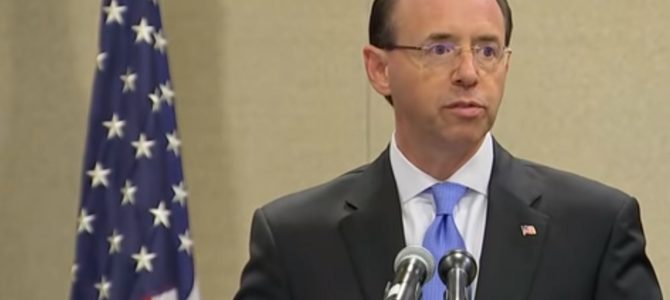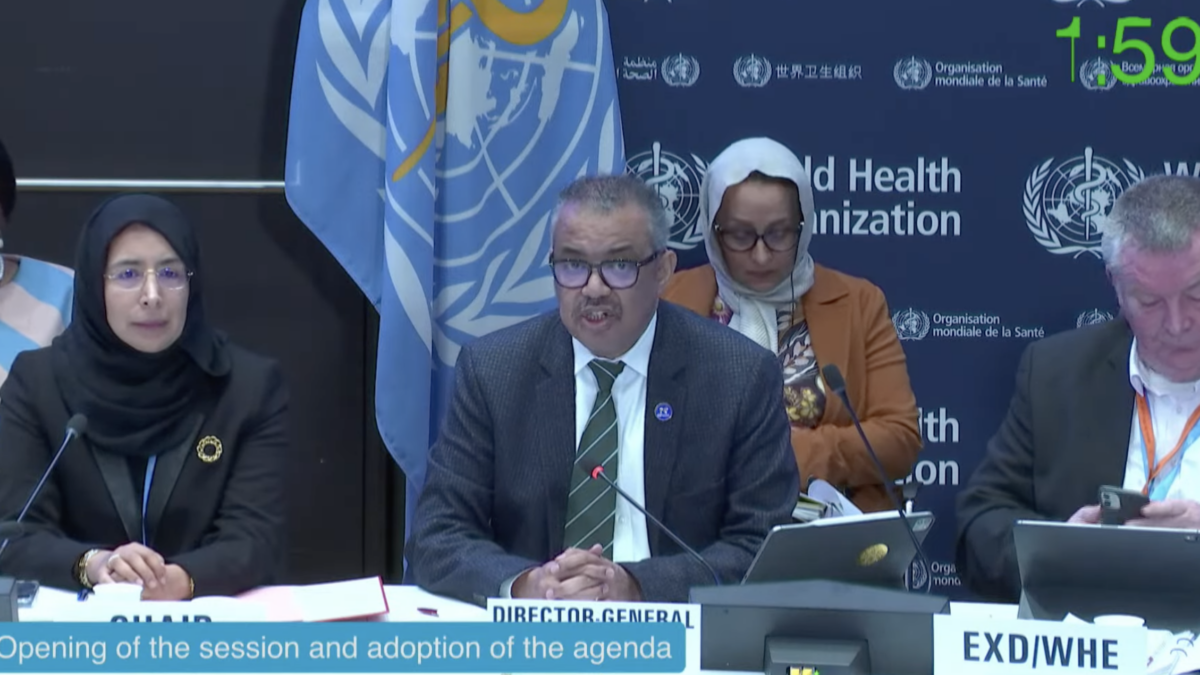
After its fall, the former Soviet Union’s archives became available to historians, allowing a look at what really happened during the Cold War’s nuclear brinksmanship. We knew that American reconnaissance flights in the 1950s over the Soviet Union had failed to reveal actionable intelligence of the Soviet missile program. In the absence of real information, intelligence agencies guessed and the politicians exaggerated.
American journalist Joseph Alsop terrified Americans with a series of articles recounting a staggering “missile gap” between the Soviets and Americans, which he placed at a Soviet advantage of 150 intercontinental ballistic missiles with a trend toward 1,500 by 1963. Candidate John F. Kennedy repeated and magnified these claims in his successful bid to defeat Richard Nixon in the 1960 presidential election.
American intelligence privately estimated that the real number ranged from 50 to 100. Soviet Premier Nikita Khruschev gave the world every reason to believe this, as he threatened to turn every major American city into a nuclear firestorm.
The real number was 4. I’ll restate for emphasis: The Soviets had four intercontinental ballistic missiles (including untested prototypes) capable of reaching the United States in the late 1950s and early 1960s, while the world assumed it already had hundreds building to more than 1,000.
All of this came to mind as I read Lee Smith’s recent article about the special counsel investigation into President Trump. Lee writes: “In court filings last week the Department of Justice deployed what could be the nuclear option in its latest effort to prevent President Trump from declassifying information regarding FISA warrants used to spy on his campaign aide Carter Page: It is claiming that such a move would interfere with Special Counsel Robert Mueller’s investigation” (emphasis added).
Khruschev compared his nuclear bluffing to using a “meniscus,” referring to that unstable bubble of liquid that can rise above the rim of a glass without spilling over. Khruschev believed he could derive the strategic benefits from pretending to have a greater nuclear arsenal than he actually had—like filling a wine glass above capacity without spilling a drop.
Unstable, yes. Dangerous, absolutely. But Khruschev’s strategic gamble made possessing actual superior firepower unnecessary.
We have seen a glimpse of Deputy Attorney General Rod Rosenstein’s “nuclear arsenal,” and can know that his missiles are as phony as the wooden ones the Russians used to paint for their May Day parades. “It’s not an investigation, it’s leverage,” Smith quoted a congressional source as saying.
As I’ve written before, the Russia investigation is a puzzle designed never to be solved. The investigation’s ongoing nature is Rosenstein’s tool to thwart congressional oversight and further public disclosure of U.S. Department of Justice’s collaboration with the Hillary Clinton campaign’s effort to tilt the 2016 election and subsequently to undermine the Trump administration. Upon Rosenstein’s signing of the final Carter Page Foreign Intelligence Surveillance Act warrant application and participation in firing former FBI director James Comey, the investigation’s endlessness protects his skin.
If the purpose of the investigation is to prevent more details of Clinton-DOJ collusion from ever reaching Congress and the public, then DOJ is absolutely correct that disclosing the Page FISA warrant application will obstruct that very un-justice-like goal. But the idea that making this information public would obstruct legitimate investigative objectives of the Mueller probe just doesn’t make any sense. As I previously wrote, there doesn’t seem to be any logical or coherent explanation for why Mueller needs that information to remain secret in order to finish his investigation.
If President Trump were to declassify this information, the DOJ could attempt to refer the case the House of Representatives for impeachment under an obstruction of justice theory. But this would require articulating a coherent explanation about why continued secrecy would help Mueller investigate Trump-Russia collusion.
And that’s the paradox. The obstruction theory only works if Mueller and Rosenstein can legitimately show that the de-classification interfered with a legitimate investigative objective. It’s reasonable to assume that the president wouldn’t be trying to get the information out if he believed he were guilty of collusion with the Russians.
One can see how the subject’s innocence would significantly undermine an investigation. But is the innocence of a target a legitimate and lawful reason for the Department of Justice to frustrate the will of both the elected president and Congress to inform Americans of the DOJ’s shenanigans in the 2016 election?
Rosenstein is pointing wooden missiles at President Trump. He cannot make an obstruction case. The Mueller “investigation” is simply the continuation of the effort that started with the Clinton campaign paying subcontractor Fusion GPS to coax the FBI and DOJ to tie Trump to incidents of “Russian collusion” that were staged and engineered by these same subcontractors and Clinton allies. There’s no investigation to be obstructed.
Smith’s source hit the nail squarely on the head: It’s not an investigation. It’s just leverage that only works if the president plays along with the bluff.









